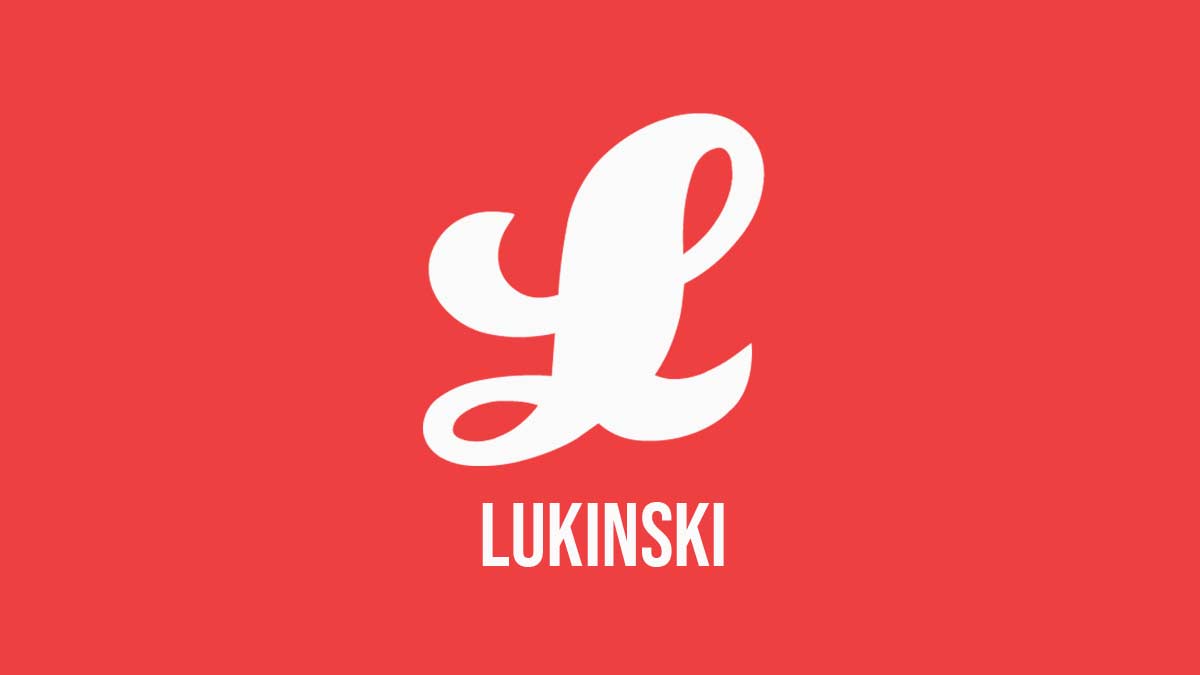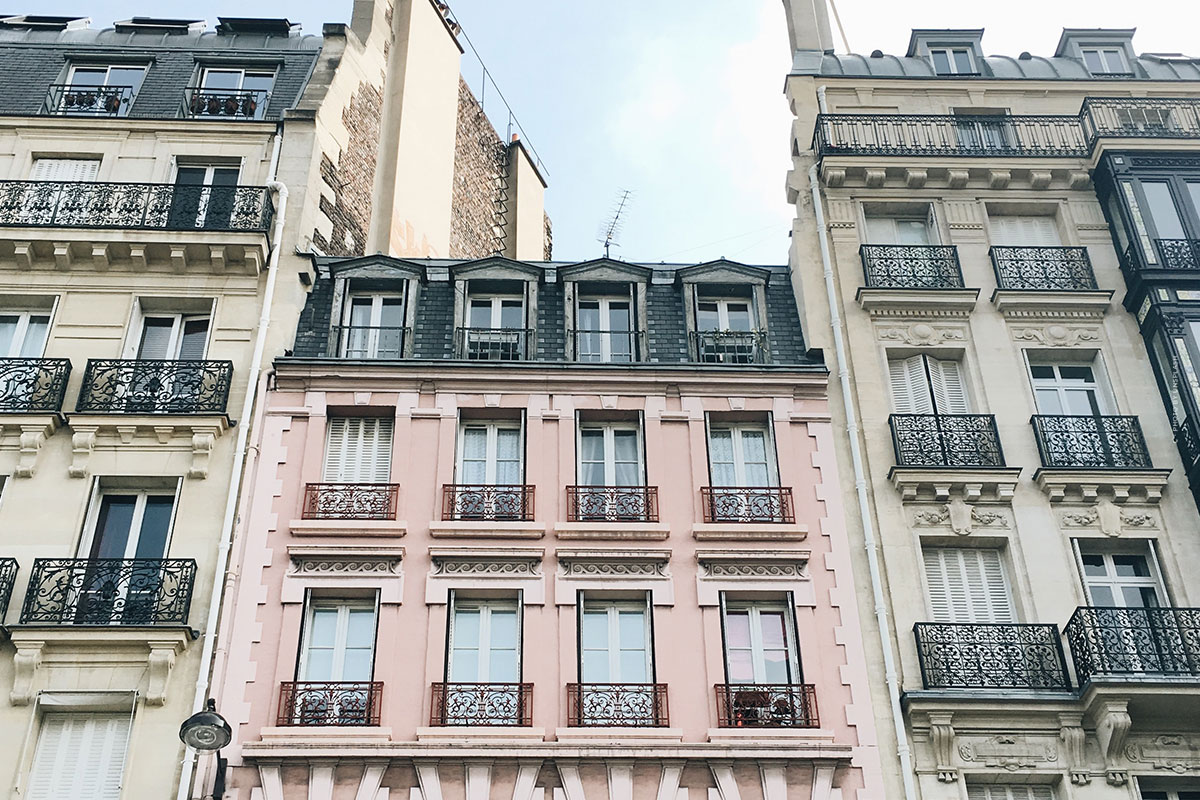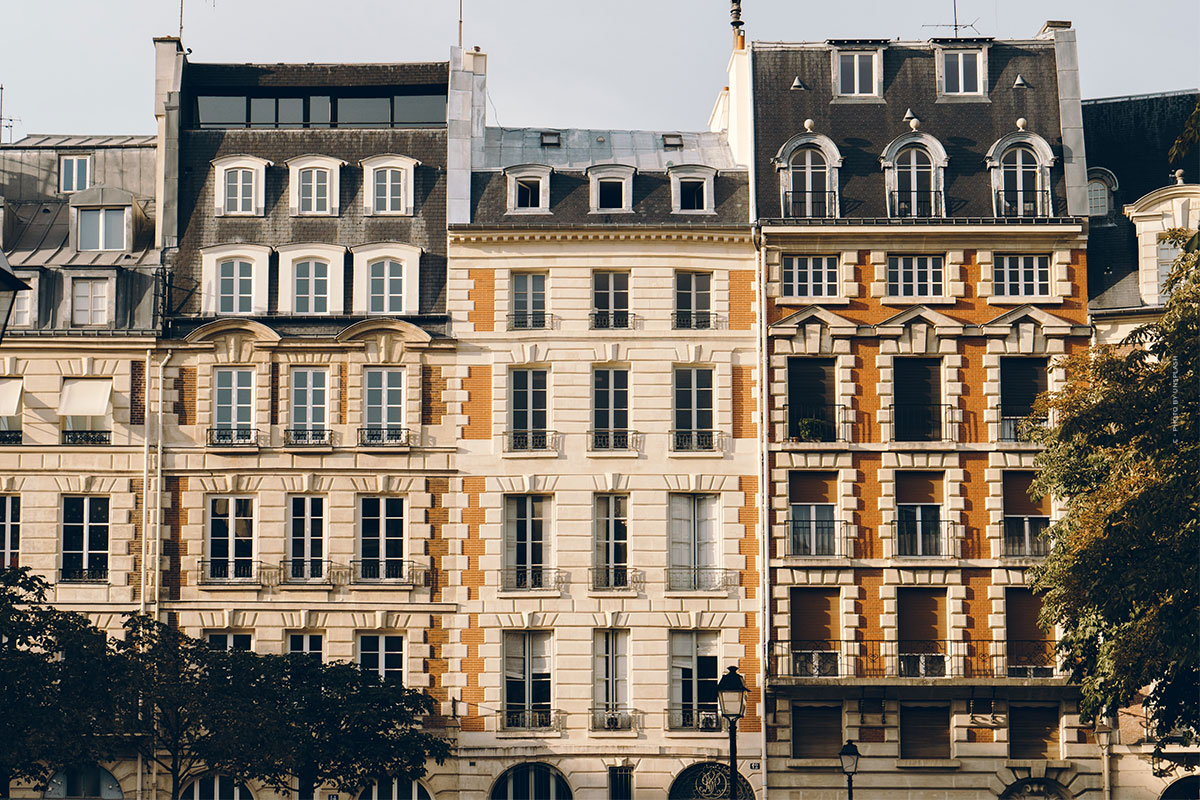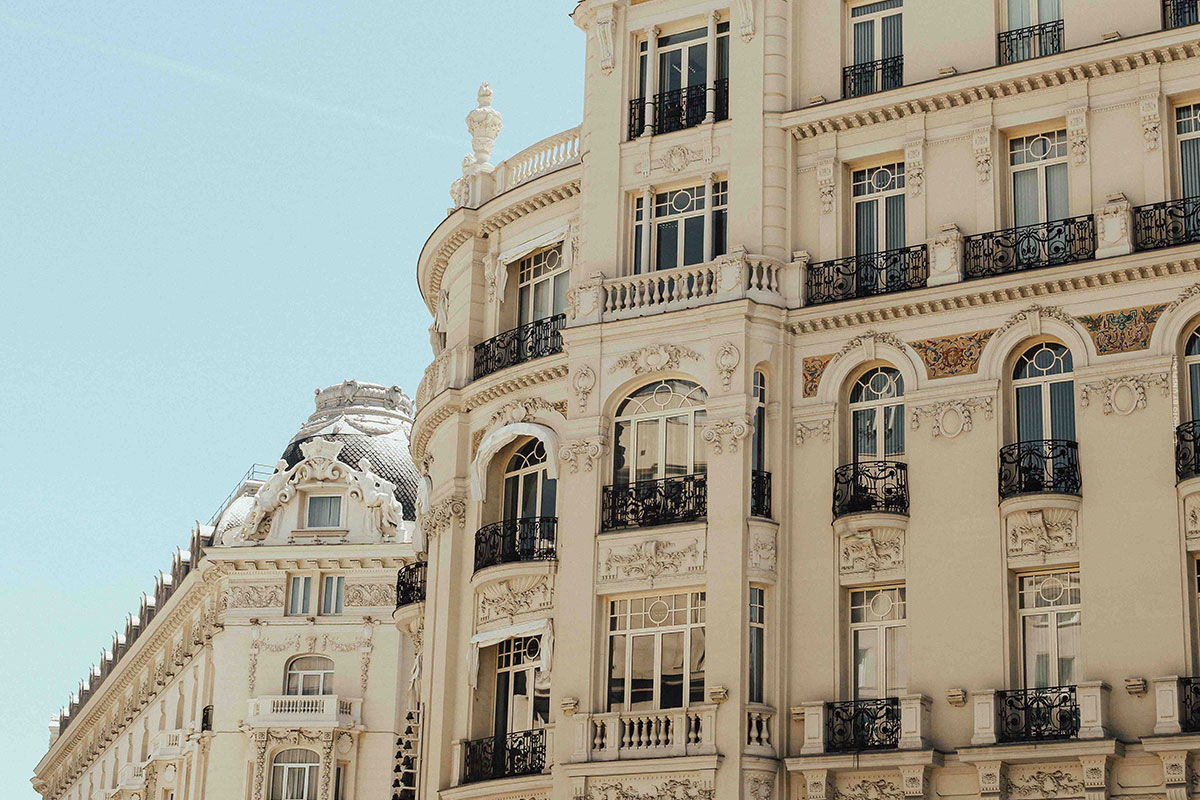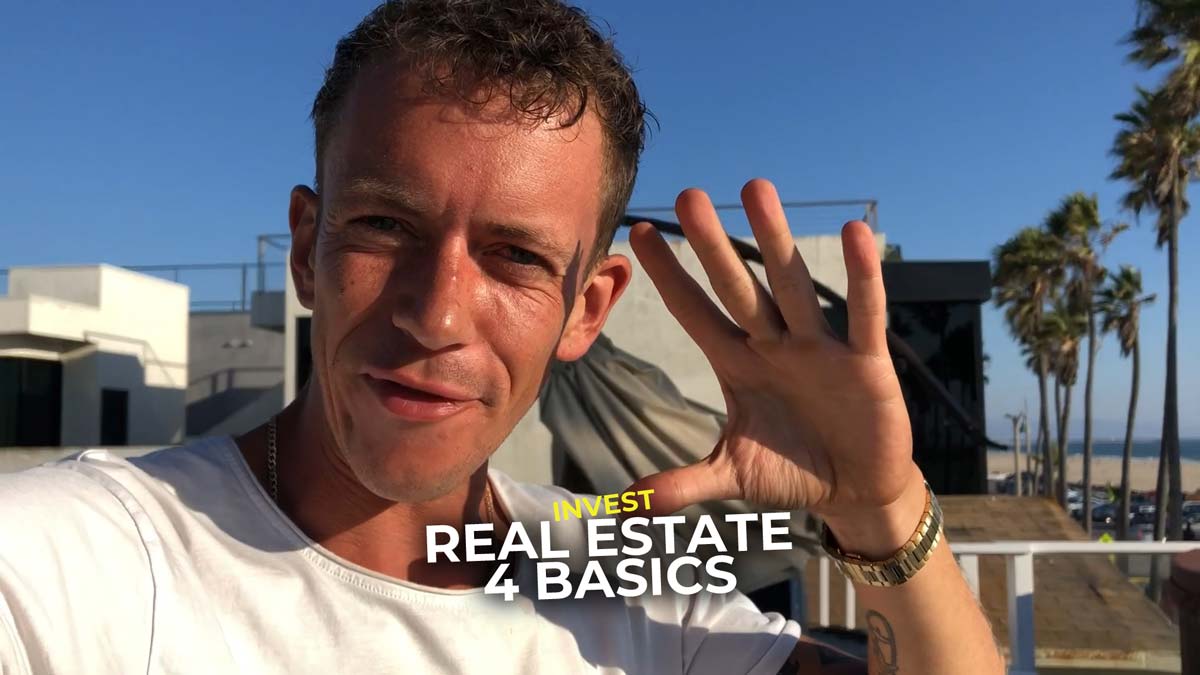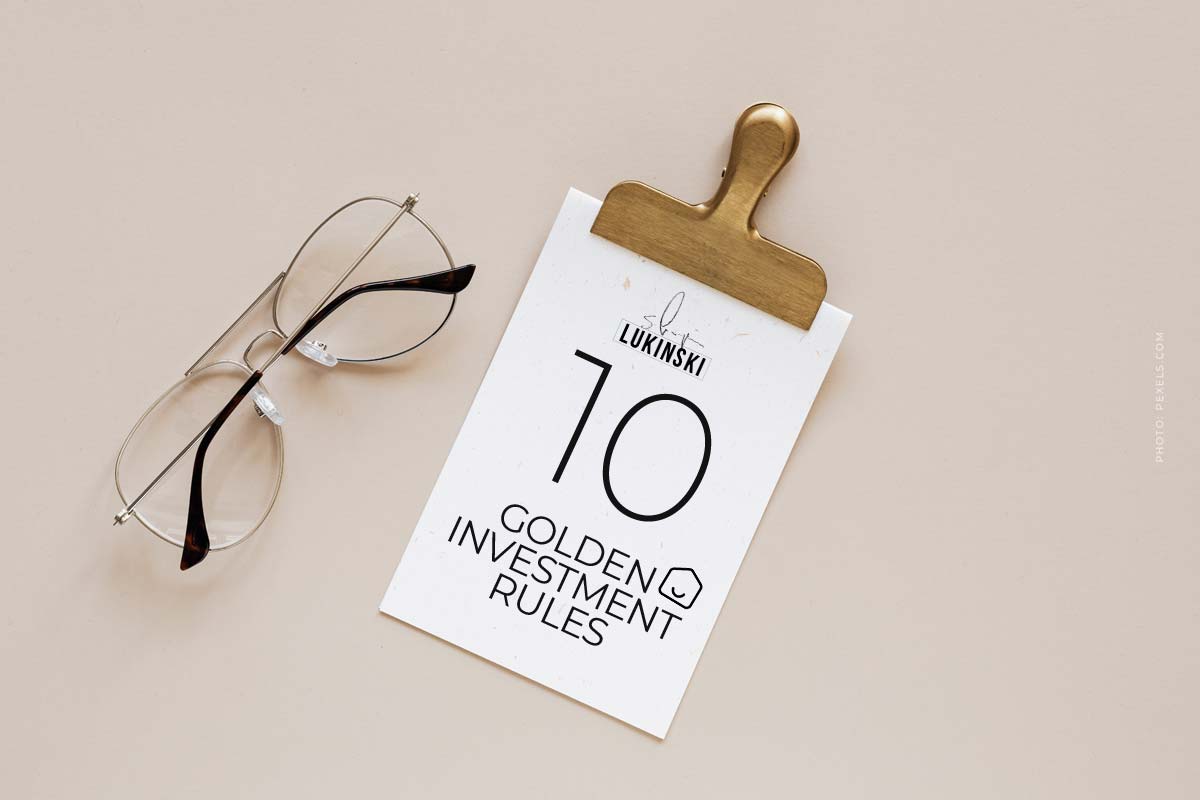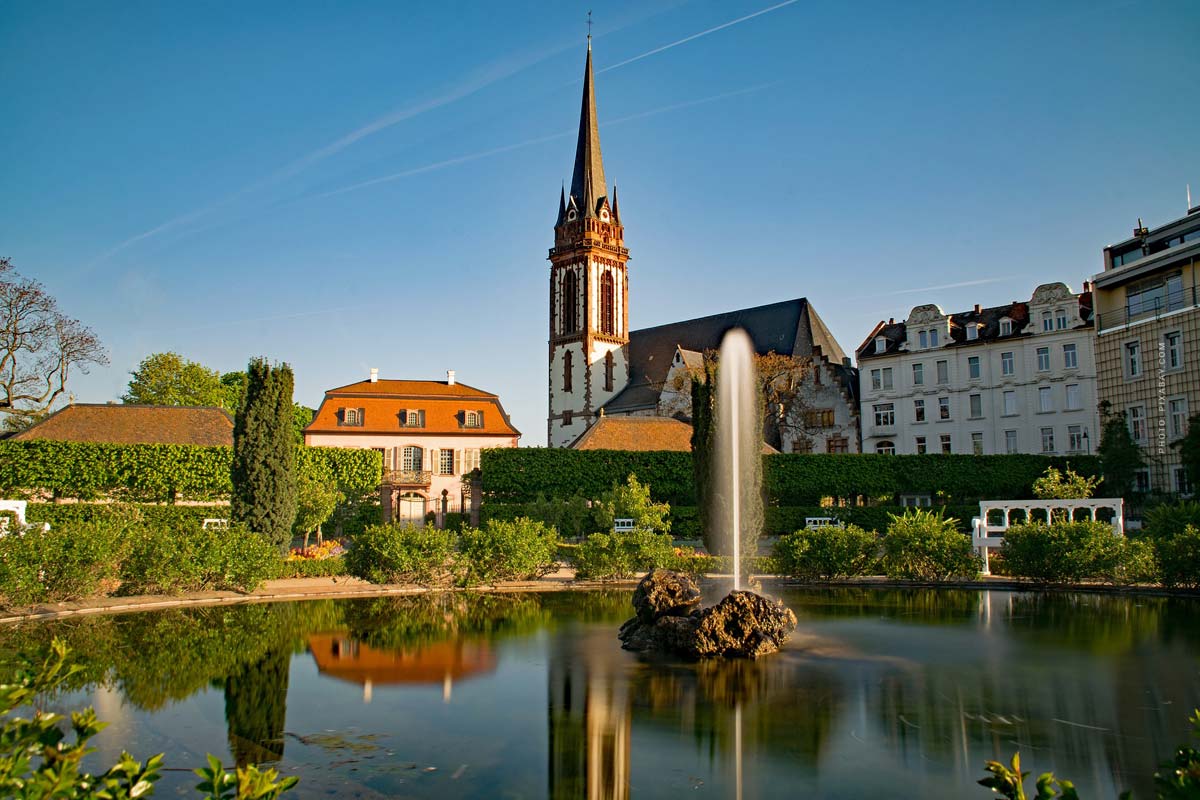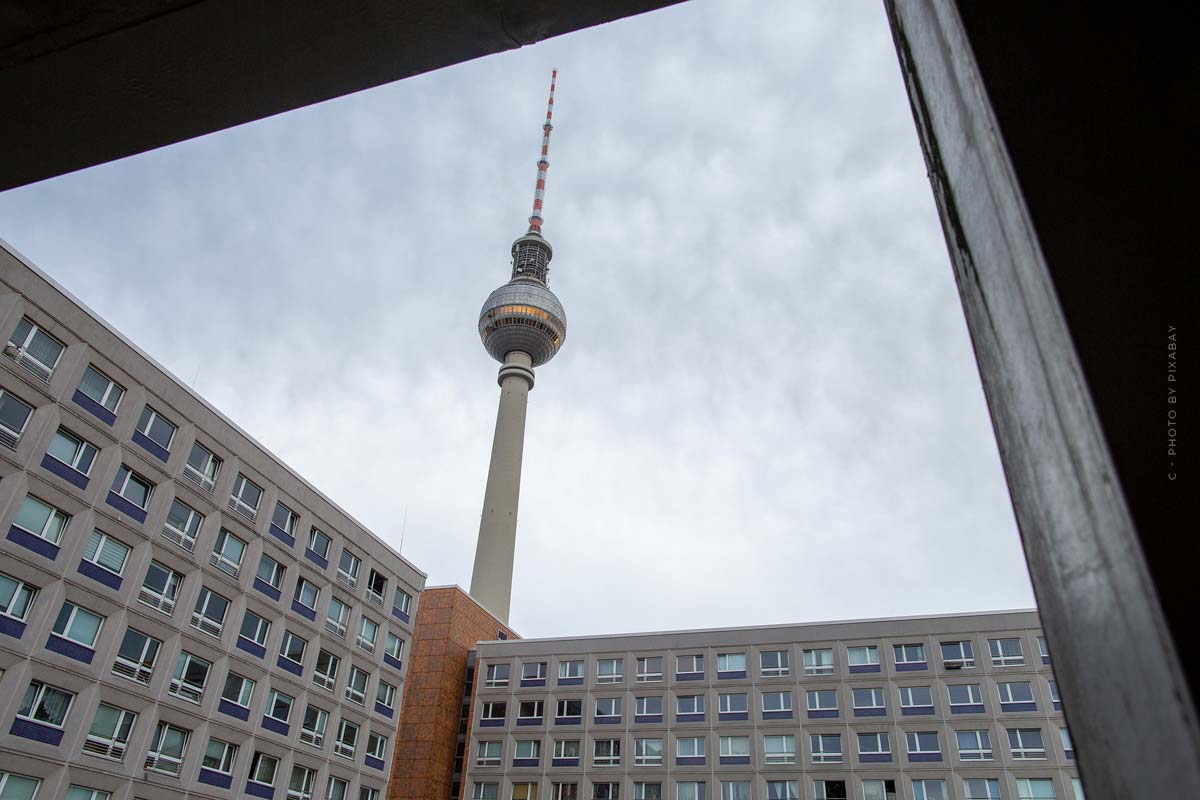Calculate property value: Free of charge for purchase, investment, sale and letting
Calculate property value – rent, buy, live, here you will find all the important formulas for you as an owner. In our formula collection property you will find calculations and examples for buying, selling and renting. Rent or purchase price multiplier, gross yield, equity yield, property yield, reserves for maintenance and much more. Click here to return to the overview: Valuing real estate.
Yield Definitions: Simply explained
If you’re thinking about buying a property for the first time, here’s first a key concept that will come up in many formulas.
What does yield mean?
Yield refers to the annual return on an investment in relation to the capital you have invested. It is usually expressed as a percentage, the interest rate, and is used to compare different, optional investment options. Calculating real estate return means knowing two values: Gross and Net Return. For the exact calculation of the return of a property, i.e. the annual return of the investment in percent, you must of course consider many other aspects and key figures.
Factor / rental yield / price per square metre – main decision criteria
In the cash flow craze, everyone seems to be talking only about the purchase price factor and rental yield. But when is real estate really worth it? What is the most important thing to consider? In this video you will learn what the main decision criteria (factor, rental yield, price per square metre?) are for real estate and why you should also always keep an eye on the increase in value…
Do you want to invest on a larger scale?
If you want to invest in more than “just” a property, I recommend you check out Alex Fischer (in the video). He himself holds over 20,000 m² in sought-after locations in Düsseldorf and started writing down his knowledge a few years ago, making videos. Here are hundreds of tips for real estate investors, from building a property, buying as an investment to company structure, tax optimization and renting.
- Real estate investment on a large scale (external): Investing in real estate
Calculate real estate as an investment correctly?
Calculating real estate as an investment correctly? The most important key figures:
- Rental income
- Instalment to the bank (expenses)
- Equity
- Operating costs
- Cash flow
- Control
Real estate investment in Sylt (Germany). Tip! Read more about buying a farm here.
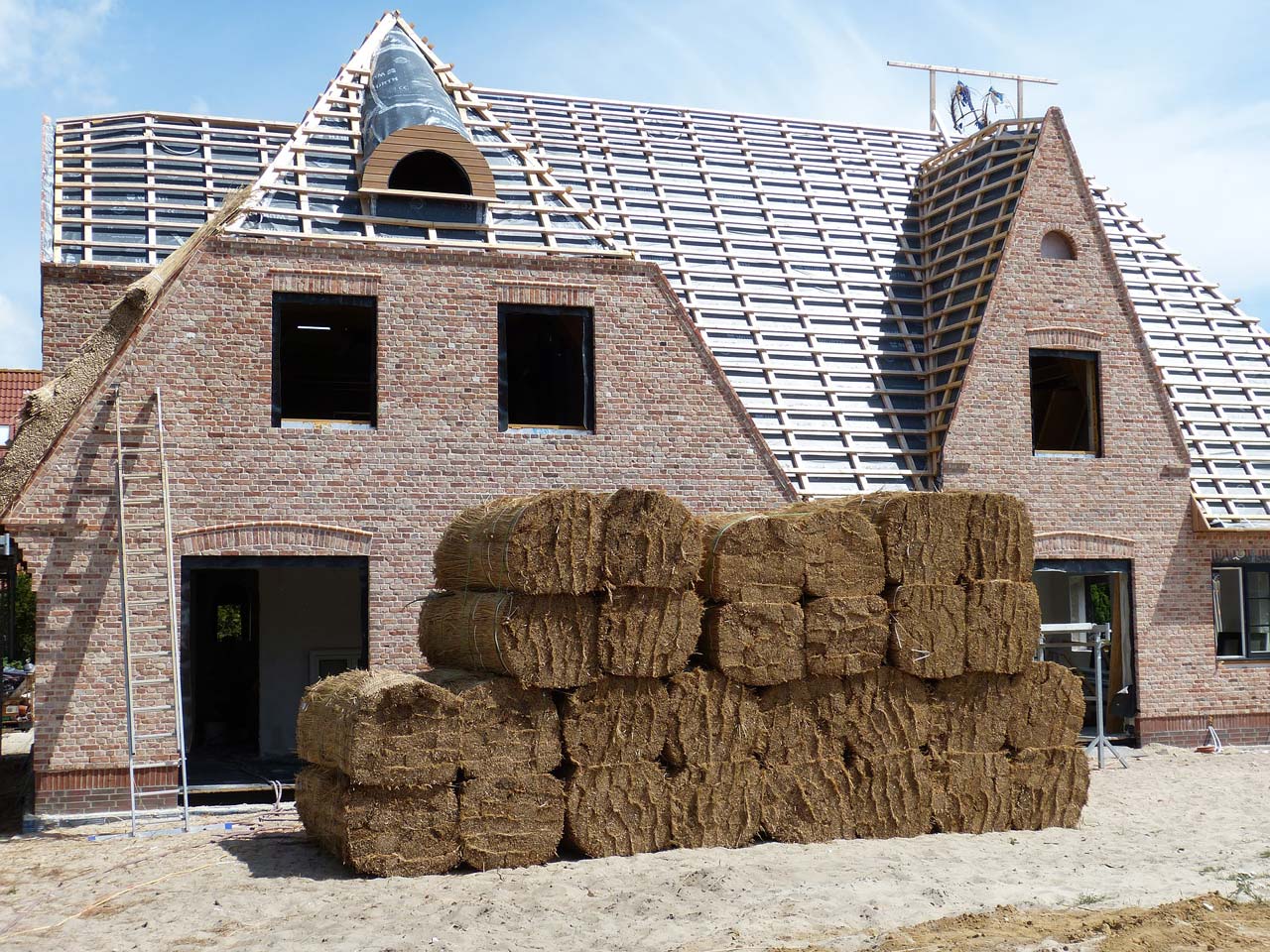
Real estate investment in Los Angeles (California, USA):

Buy and rent property
Rent multiplier (purchase price factor)
In real estate exposés you will almost always find information on the gross yield, sometimes also on the rent multiplier. The rent multiplier (purchase price factor) is a simple indicator to compare different properties at a quick glance.
How to calculate the rent multiplier:
Rent multiplier = purchase price / annual cold rent
Example:
An apartment in Los Angeles costs 1,000,000 euros and brings in annual rental income of 52,000 euros, has a rental multiplier of 19.2:
Rent multiplier = 100,000 euros / 5,500 euros = 19.2
Gross yield
The gross yield in percent is the counterpart of the multiplier.
This is how you calculate the gross yield:
Gross yield = annual cold rent x 100 / purchase price
Example:
Their apartment in Los Angeles generates annual rental income of the equivalent of 52,000 euros, and the purchase price was 1,000,000 euros. The gross yield is 5.2:
- Gross yield = 52,000 x 100 / 1,000,000 = 5.2
Return on equity
You calculate the return on equity using the following return formula:
Earnings after taxes x 100 / equity tied up
Property yield
The property yield is calculated as follows:
Rental income – maintenance costs – tax burden = property return
Core renovation and energy modernization in Berlin. Reading tip! Old building renovation + value enhancement

Net and gross rental yield
Gross rental return
Here’s how to calculate the gross rental yield:
100 x annual net cold rent / property purchase price = gross rental yield in %.
Example calculation for gross rental yield:
- Step: 3.000.000 Euro purchase price + 350.000 Euro additional costs = 3.350.000 Euro
- Step: Net cold rent per year = 150,000
- Step: 150,000 euros / 3,350,000 euros x 100 = 4.47 % gross rental return
Net rental return
How to calculate the net rental yield:
- Step: Purchase price + ancillary purchase costs
- Step: Net cold rent – (annual) management costs – (annual) maintenance costs = annual net income
- Step: Annual net yield / investment costs
Example calculation for net rental yield:
- Step: 3.000.000 Euro purchase price + 350.000 Euro additional costs = 3.350.000 Euro
- Step: 150,000 Euro net cold rent – 20,000 Euro administration – 70,000 Euro maintenance = 60,000 Euro annual net income
- Step: 60,000 Euro annual net income / 3,350,000 Euro investment costs x 100 = 1.79 percent net rental return
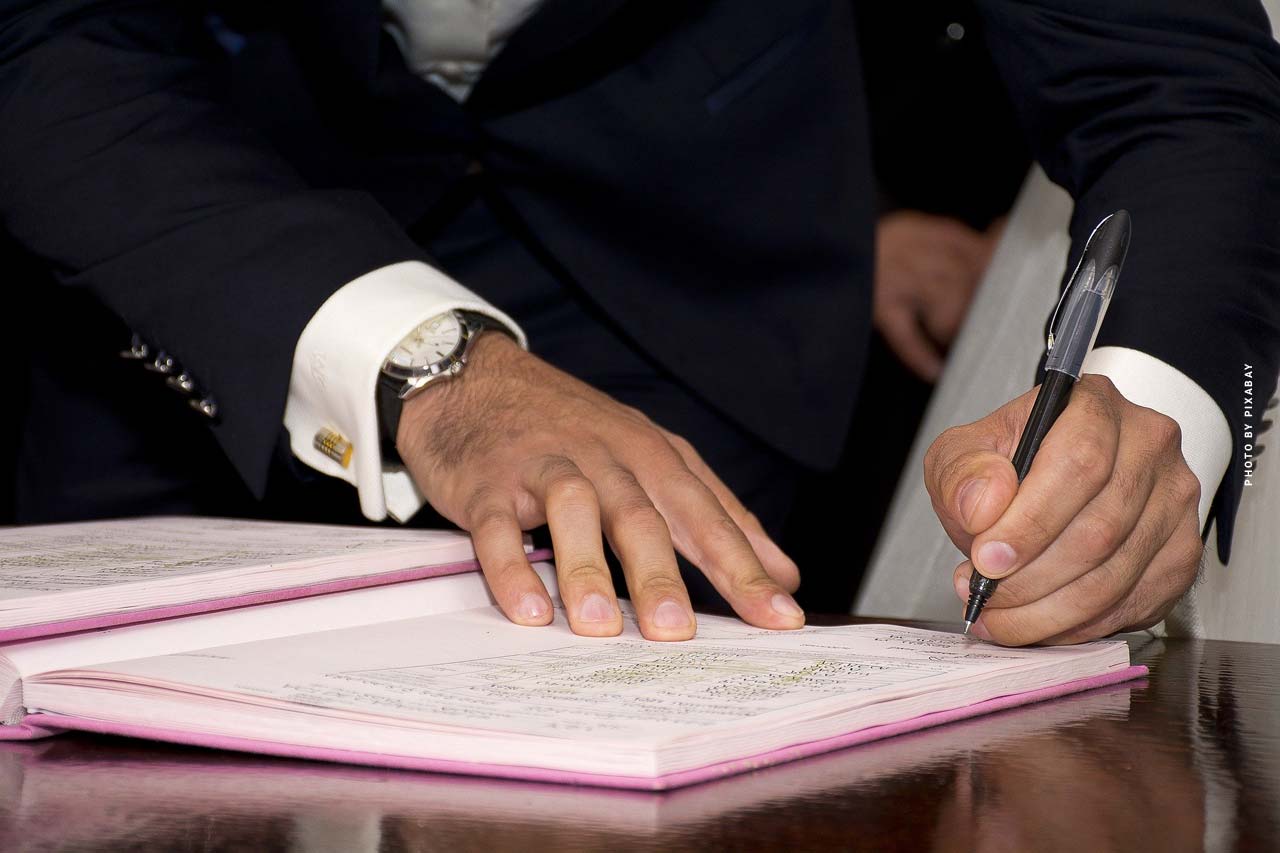
Maintenance reserve according to calculation ordinance
In the article: Refurbishment & Modernisation you will learn about the maintenance reserve according to the German Calculation Ordinance. There are two common methods of calculating the maintenance reserve on an imputed basis that are used. Tip. Are you planning to renovate or modernise soon? Here you will find our guide including state subsidies:
Current expenditure and reserves: List
Running costs and reserves are mainly:
- Property management for your real estate
- Repair, maintenance and refurbishment costs
- Maintenance costs that do not occur regularly
- Telephone calls, correspondence, account and interest
- Proportionate service charges for empty flats
- Legal expenses and loss of rent insurance
Method 1: Peter’s formula simply explained
Peters’ formula calculates a useful life of 80 years. The formula states that in this time 150% of the pure production costs (construction costs without costs for land, development, architect & Co.) are incurred for maintenance and renovation.
House
80 years Service life
150% of the production costs for renovation, maintenance
For condominiums in apartment buildings, one assumes 100%. Distributed to 65% for work on the common property and another 35% for work on the special property.
Condo
80 years Service life
100% of the manufacturing costs
Formation of reserves according to Peters’ formula
If you calculate further exemplarily with a property, whose production costs lie with 4,500 euro per square meter, then a monthly reserve of 7.05 euro per square meter results from it.
Reserve: House
Production costs: 4.500 € / m²
Monthly reserve: 7,05 € / m²
In the case of condominiums, this results in a somewhat lower reserve of 4.50 euros per square meter for the owners’ association.
Reserve: Condominium
Production costs: 4.500 € / m²
Monthly reserve: 7,05 € / m²
Tip. These are divided into the aforementioned 65% for work on the common property and another 35% for work on the special property.
- Owners’ association reserve: 4.65 / m²
- Reserve apartment owners: 2.40 € / m²
These costs cannot be passed on to the tenant.
Method 2: Annual reserve according to § 28, paragraph 2
Section 28, paragraph 2 of the Second Calculation Ordinance (zweite Berechnungsverordnung) also provides guidance on the appropriate level of a reasonable maintenance reserve. These cost estimates are significantly lower than those according to Peters’ formula, but are staggered according to the age of the building (basis: production costs of €4,500 per square metre):
- Residential buildings up to 22 years = 21,30 € / m² living space
- Residential buildings up to 32 years = 27,00 € / m² living space
- Residential buildings over 32 years = 34,50 € / m² living space
- Building with elevator + 3,00 € / m²
Sell real estate
The reasons for a valuation are manifold. Real estate values involve large sums of money and all parties are interested in a professional analysis. If the value of your property is in the right range, this will generate a high demand, which will ultimately find the interested party who will pay the best price. Do not give away money! All important information about the valuation of real estate sales summarized for you:

Income approach: Breakdown of market value & building income value
The capitalised earnings value method divides the property into the market value of the land and the building income value.
Land value interest = 7 percent * 100,000 euros = 7,000 euros
Building income value = 5,600 Euro * 12.50 (multiplier) = 70,000 Euro
This includes rental income, maintenance costs and costs for managing the land and building. Accordingly, the rental income less the management costs and the land value including its interest are compared.
Material value method: Value for the new construction of a property
The calculation first uses the standard land value to determine the market value of the land, then the real value of the building is added.
The real value of the building is calculated on the basis of the building’s production costs less any reductions for age. The real value of the land (market value of the land) and the real value of the building are added together and multiplied by a real value factor.
Value in kind = (100,000 Euro + 150,000 Euro) * 0.5 = 125,000 Euro
The calculation of the asset value factor is based on the building type, the preliminary asset value and the standard land value. The total tangible asset value determined in this way indicates the financial resources that would be required to rebuild the property.
Comparative value method: Comparison of similar properties
The comparative value method compares your property with similar properties. It is used in particular for the sale of owner-occupied apartments and houses. The comparative value can also be determined for undeveloped land.
Price per square metre of the comparable property = 300,000 Euro / 100 sqm = 3,000 Euro per sqm
Purchase price of the property to be valued = 3,000 Euro * 200 sqm = 600,000 Euro
Only properties in similar locations and with a comparable layout are considered in the comparison. The properties included in the valuation should come from the immediate vicinity of the residential property. The comparative value method is considered to be particularly realistic. It is frequently used to determine the value of properties because the locations are relatively comparable from a regional point of view.

